Mission San Juan Capistrano
The Mission is a great place to spend the day. When we were there a wedding party was having pictures taken in the gardens, children and elderly people were enjoying the scenery, and many were quietly meditating and praying in the church and the adjoining chapel.
According to the Mission website www.missionsjc.com it was initially founded in 1775 but the padres were called to San Diego to help with a revolt there and so they re-founded it in 1776 when they returned. It is the seventh of 21 missions in California. The Spanish government and the Catholic Church initially wanted to convert the native people to Christianity and to train them in Spanish or European lifestyle so that they would eventually live in towns and pay taxes. No doubt to control them and benefit from them living on the land. This endeavor continued for 30 years and the mission grew to a population of over 1,000 people, over 10,000 head of cattle, and a large place of worship called The Great Stone Church. (Go to the Mission website and look at the video . It begins with a great aerial view of what is left of the church - a giant cross outlined in stone.)
In 1812 an earthquake collapsed this church. During this time the Spanish government began having difficulty protecting and supplying the Mission. In 1821 Mexico became independent from Spain and in 1843 the Mexican government ended the mission system. The property was sold and divided up in the ensuing years and it was actually Abraham Lincoln who responded to petitioners to give it back to the Catholic Church. 1910-1940 saw a large amount of preservation work, and today the Mission is owned by the church but is run by a non-profit.
The Tour
Since I love museums, gardens, history, and recently taking photos of the aforementioned, our January visit to the Mission was a delight for me. I was struck by all of the interesting elements that had been restored demonstrating the self-sustainability of this place back in the day. The grape-squashing vat, brick ovens, hide tanning circle complete with a brick downhill drain for all of the icky liquids, the brick making area, living quarters, outdoor kitchen and veggie and herb gardens just to name a few, were all important elements of the day-to-day living of the people involved in this environment for over 200 years.
-
The arch of an outdoor bread oven.
Every time I see an outdoor brick bread oven I exclaim to my hubby, "I've always wanted to build one of those...can we build on of those?...I read about how to make one...you can heat it up and invite all the neighbors over to cook casseroles because it puts out so much heat and have weekend potlucks!! He just kindly smiles at me, but mark my words, I'm going to build one someday.
-
A storeroom in the Mission.
-
The garden and beanpoles.
Monarchs a flutter
An exciting surprise of our day was the Monarch butterflies. There were several, especially fluttering around the garden area, and I had a delightful time following them, waiting for them to alight on something perfect for a photo opportunity. It was my first time using a digital camera with a telephoto lens. I was thrilled to photograph these wiley butterflies. Monarchs flock to several coastal communities in SoCal each year from October through March. I guess a few decided to check out the Mission. Note to self - if you are going somewhere with your family and want to talk to them or pay attention to the history of the place you are touring, don't take a new camera!
Wait a minute...
One of the things that the Mission is famous for - the swallows - were not present during our visit. They migrate 15,000 miles from Goya, Argentina to San Juan Capistrano every March 19th. Isn't it amazing that these creatures do the same thing every year at exactly the same time? Sort of like the Nordstrom's yearly sale... Anyway, they make nests under the eaves of the Mission buildings out of sand, silt and clay. In these nests they lay eggs and in May the eggs hatch and out pop blind, naked baby swallows who remain in the nest until they are around 20 days old.
BUT WAIT A MINUTE...what's that you say? The swallows don't come back to the Mission anymore?
You mean we spent 3 hours at this place and nobody told us this? Did they not think it was important? They just acted like everything was normal and let us believe that those birds come back like clockwork every year? And to think that I almost bought a metal cut-out of a swallow for my Christmas tree at the gift shop.
So what's up? I had to go to an outside source (Mother Nature Network) to find out the real scoop. Turns out that the cliff swallows haven't come back to the Mission at San Juan Capistrano for a few years, after two centuries of doing so. This seems important to me! Another result of global warming? Luckily not. The Mission was once the tallest building in the area, but due to urbanization there are many other places now for the birds to nest. Specifically, a country club in Chino Hills. Bet all those golfers love that... They are trying to entice the swallows back to the Mission using recordings of mating calls, but have had no real luck yet.
Take me to church
I have had the occasion to tour a mission in Loreto, Mexico with an historical sanctuary and chapel, Notre Dame and Sainte-Chapelle in Paris, France, and the amazing sanctuary in the church at the University of Notre Dame. Not being Catholic, I am always fascinated with the beauty, splendor, garishness, and just plain kitsch of these worship spaces with their golden alters, candles, icons, paintings, and other accoutrements.
The santuary of the remaining church at the Mission was dark and relatively small with wooden pews, paintings of the Stations of the Cross along the walls, and statues of the usual suspects. As I entered the sanctuary I lit one of the candles in red glass holders in memory of a lovely woman I knew who recently passed away. I felt like somehow I was communicating with her. The history of the place was palpable and I was humbled and appreciative for the opportunity to become still and think quietly for a few minutes.
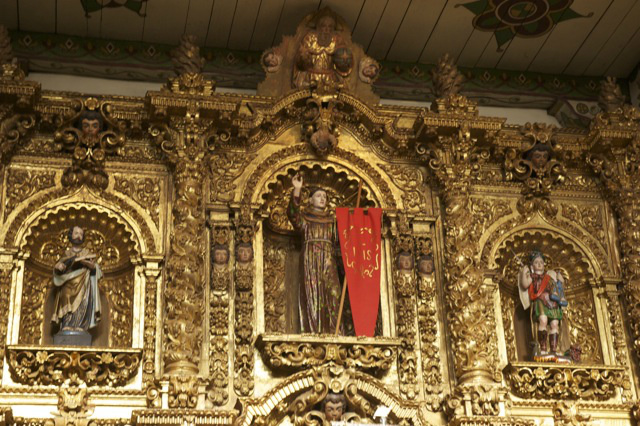
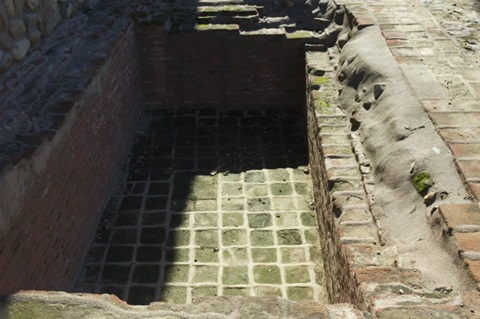
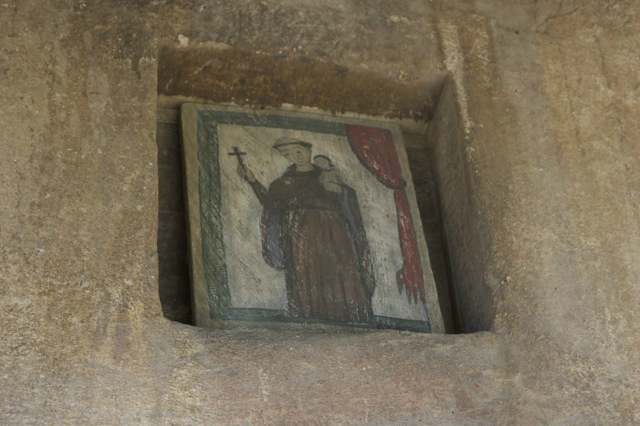
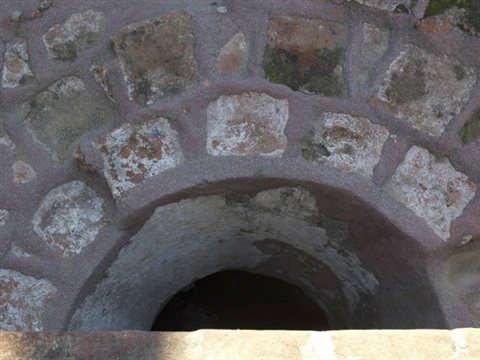
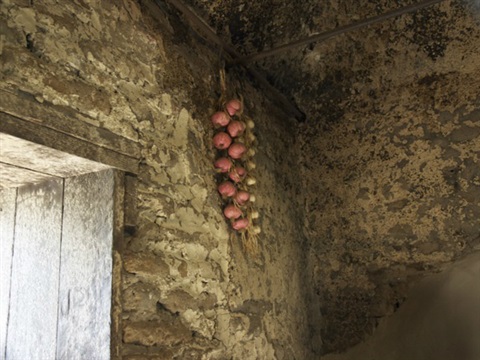
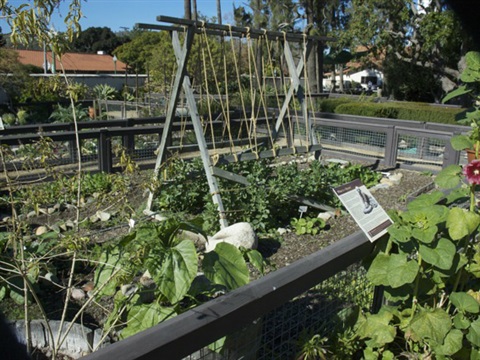
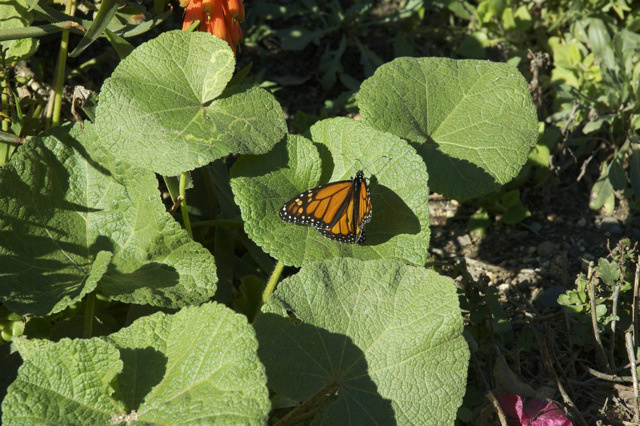
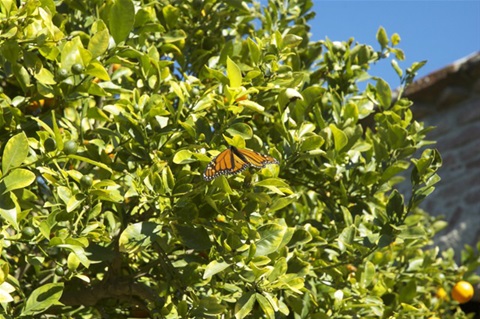
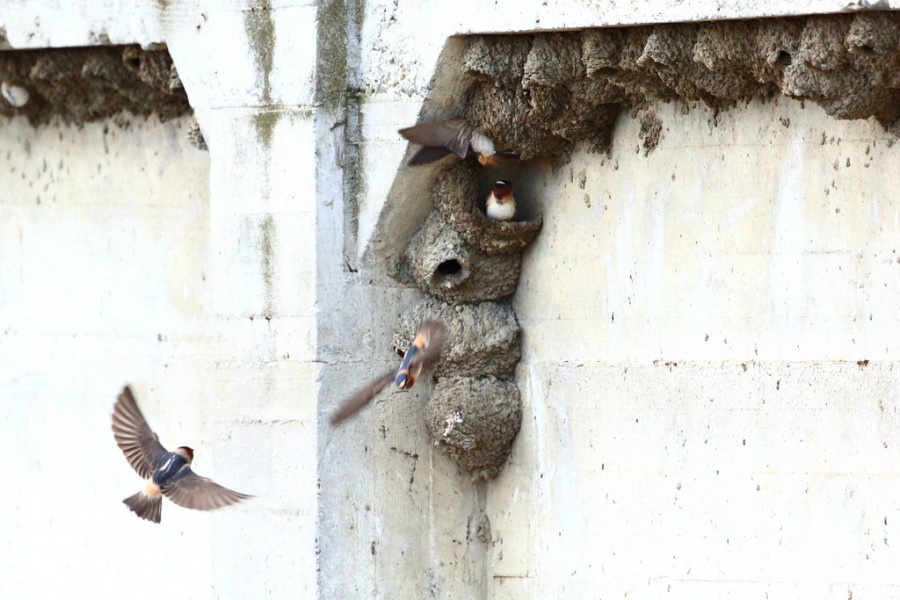
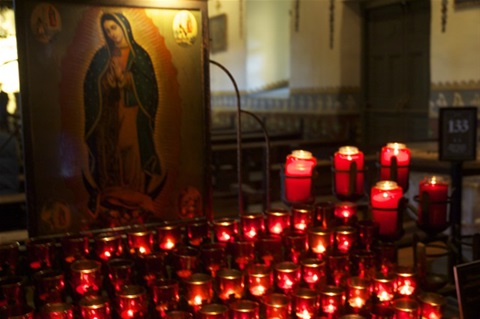
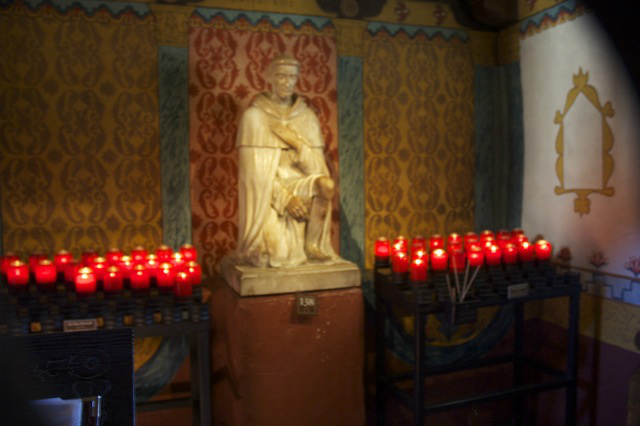
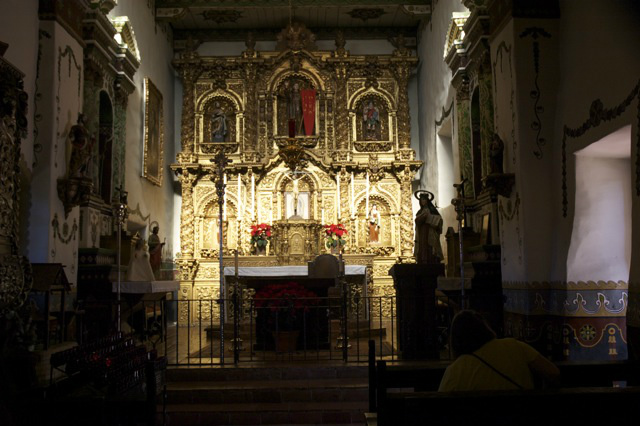
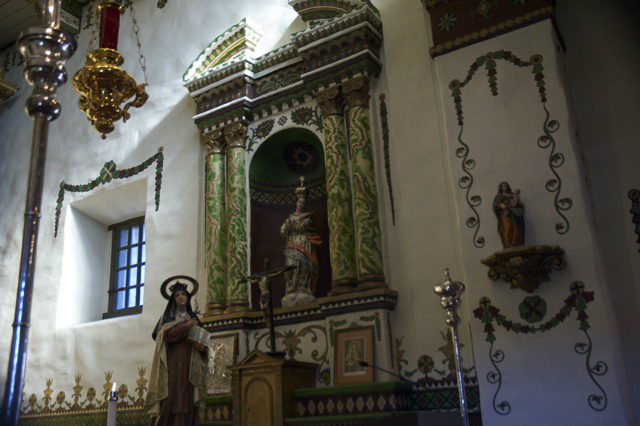
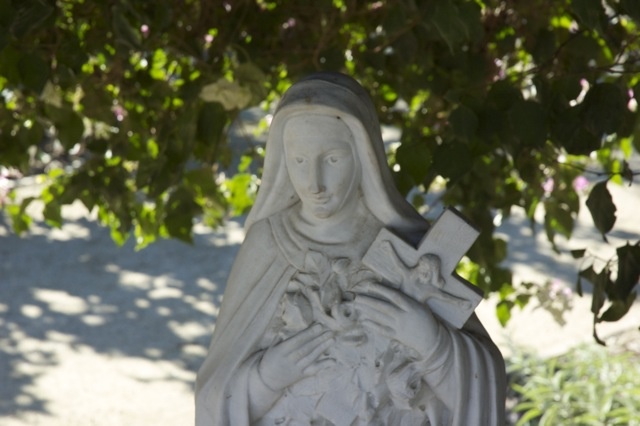
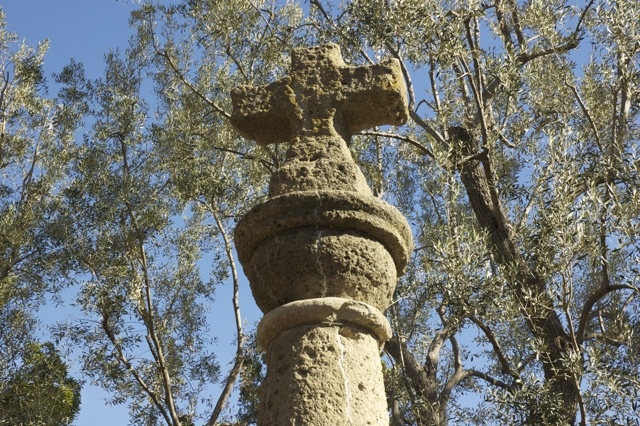
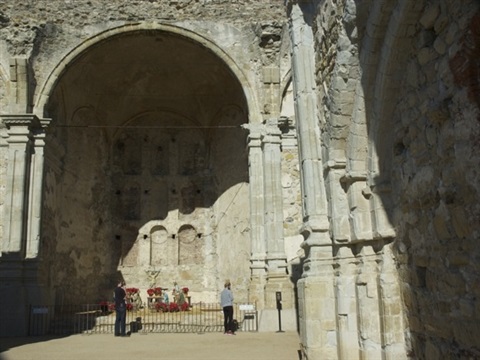
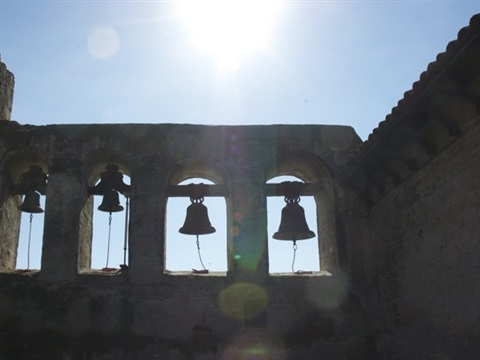
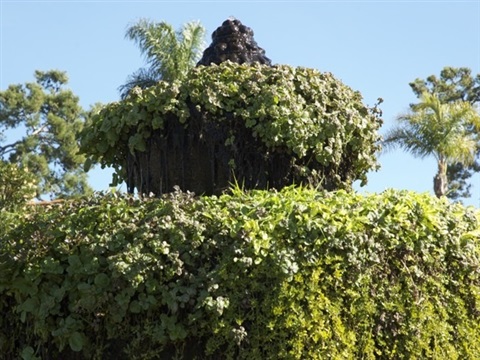
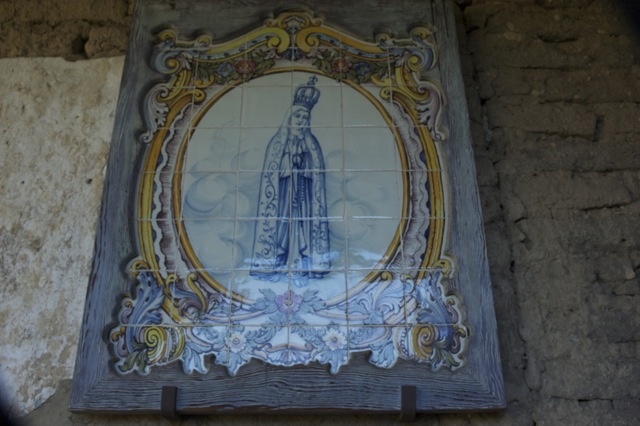
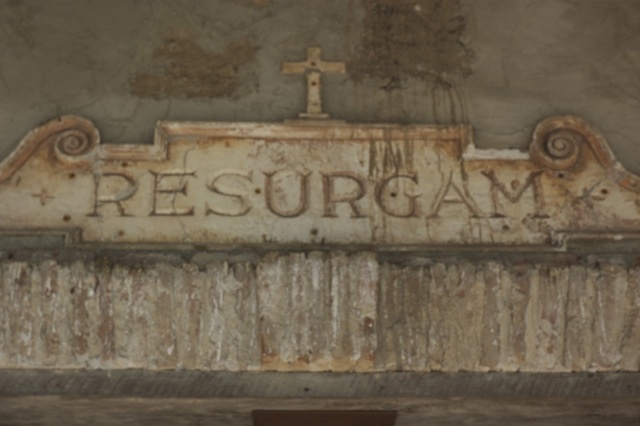
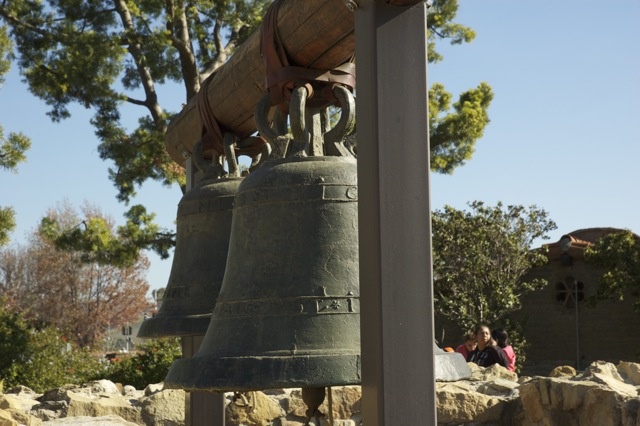
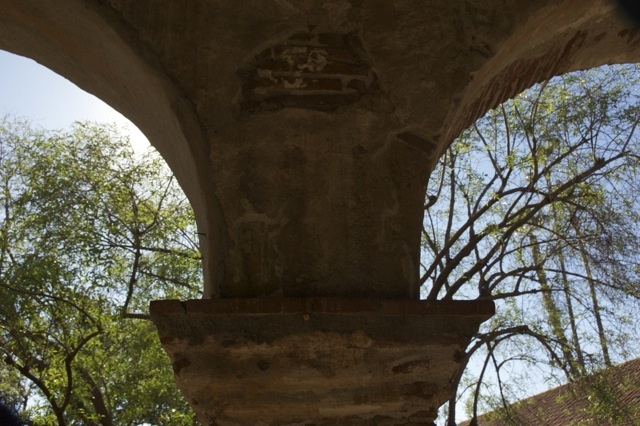
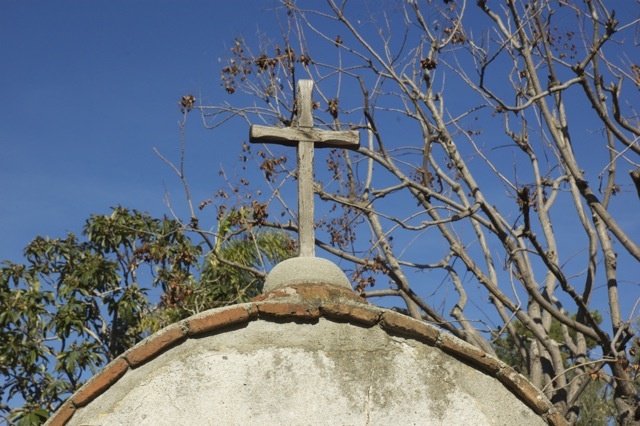
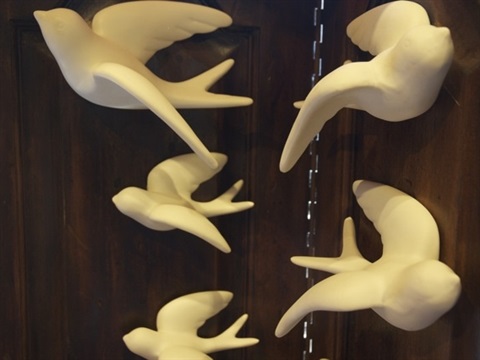

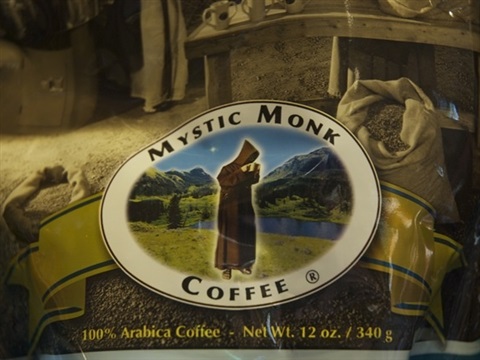
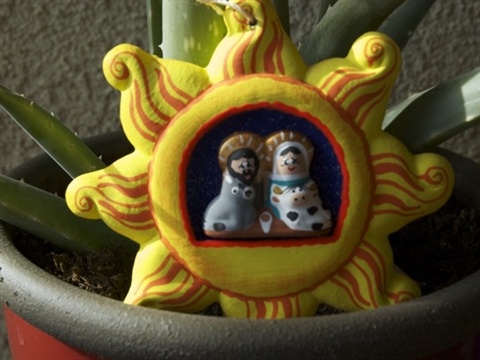
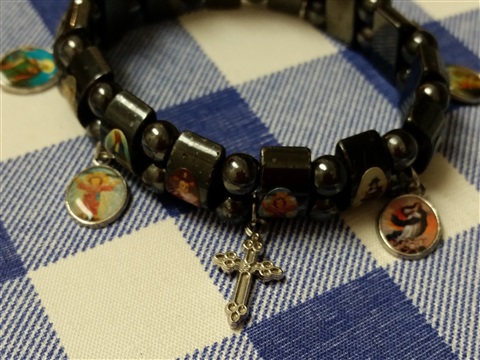
Shanna
Fun! And I love that you are enjoying photography:)
Shelby
#monkkitsch why are you so great? $
David Gatewood
Thank you for doing a wonderful job of telling the simple and beautiful stories of our travel discoveries!
Katy
So beautiful! I can't believe the swallows don't go there anymore. Thanks for sharing!